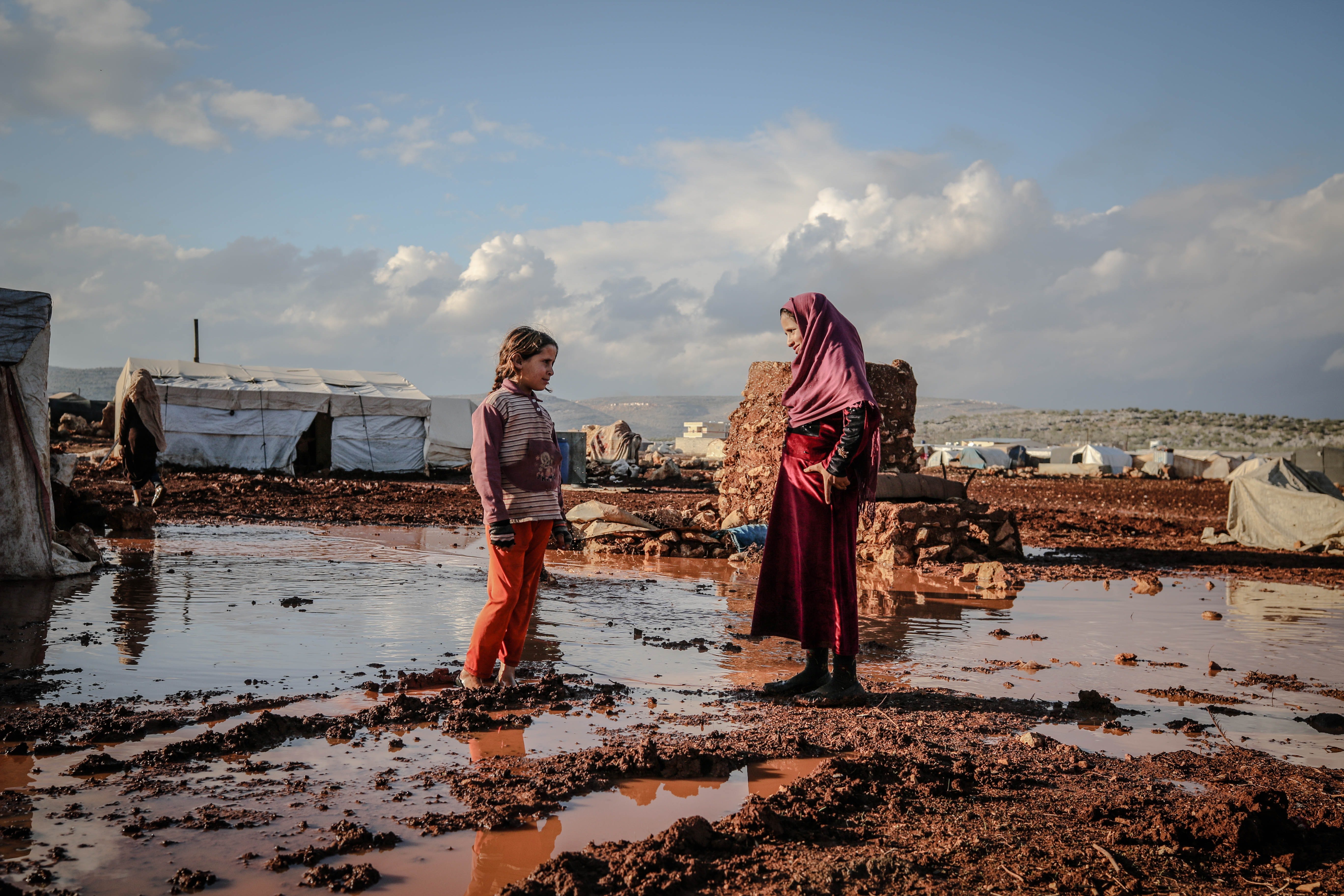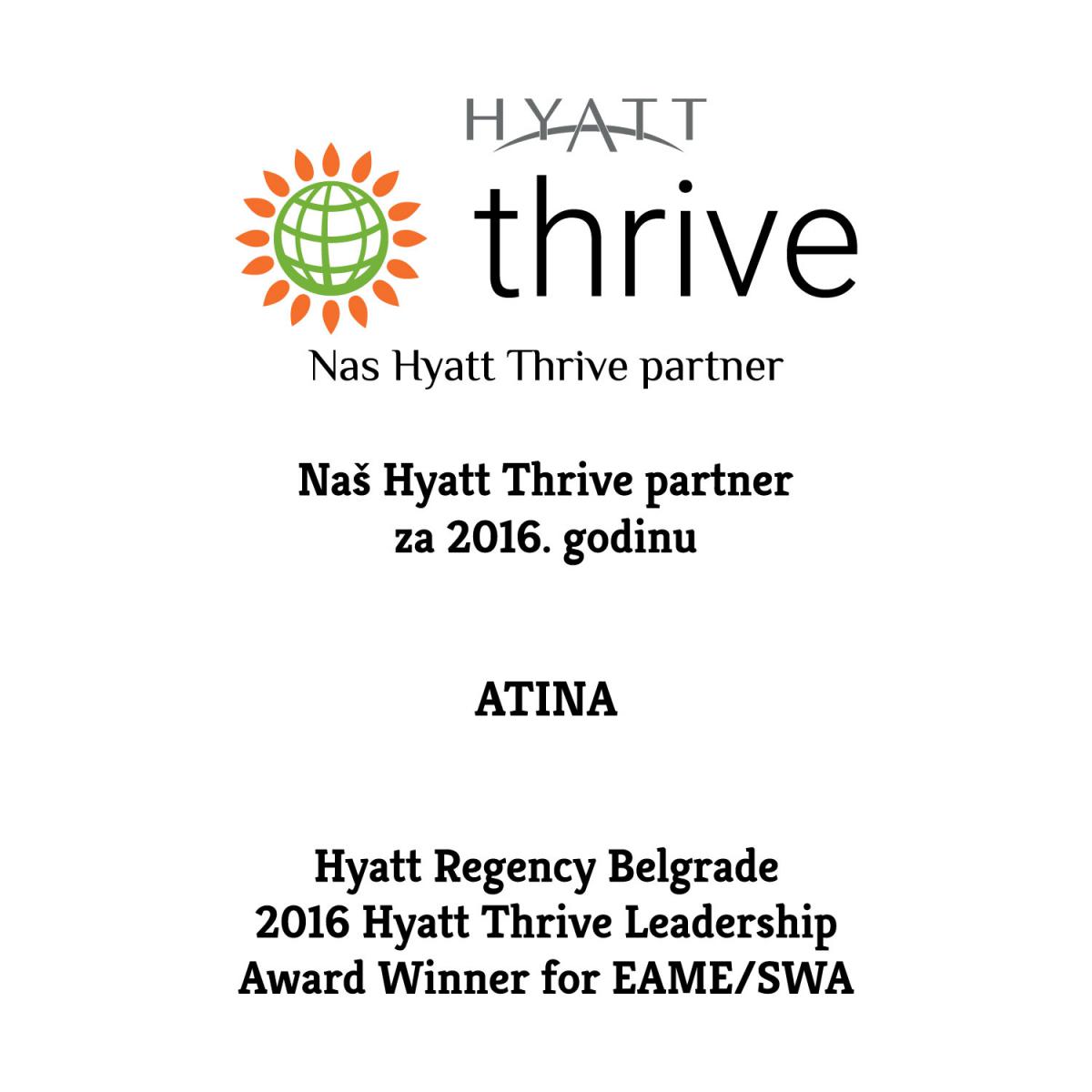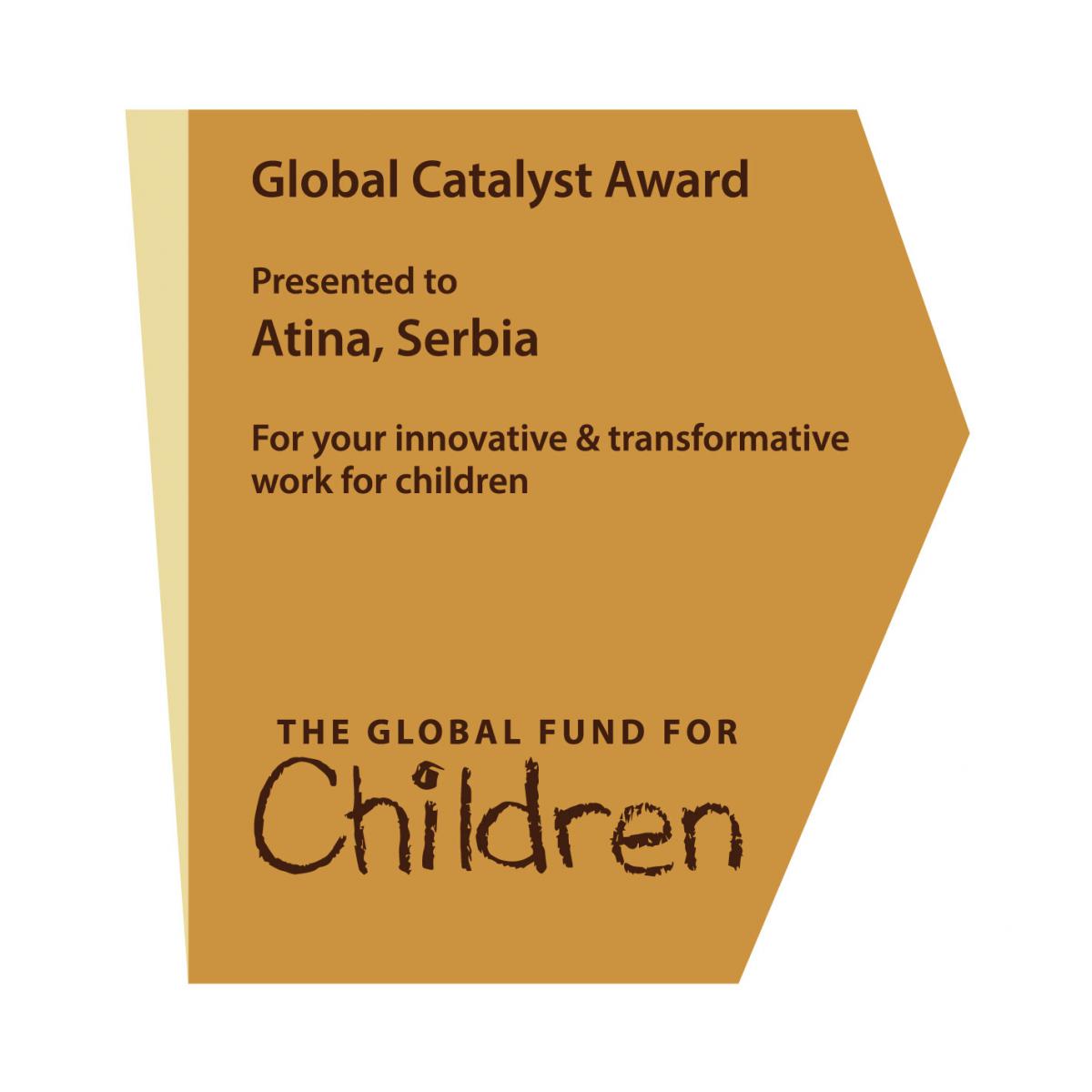Hotline: +381 61 63 84 071
Who are “Girls on the Move”?

Photo: Ahmed akacha / Pexel
Who are “Girls on the Move”?
We know that migration is one of the key issues of our age and we have all heard stories of migrants who leave their home countries in search of asylum, security or just better economic opportunities. But there is one group of migrants that we hardly ever hear about – girls. Who are these "girls on the move"? Why do they migrate? And why must we pay attention to their stories?
A global series of action research
Save the Children, along with local partners from across the world including Atina, has created a global series of action research entitled the “Girls on the Move Research Series”. Several regional studies make up this comprehensive series, however a global summary allows us to identify common trends and challenges that girls from all over the globe face when they are migrating.
Profile of "girls on the move"
This research focuses on the testimonies of 104 girls in Southern Africa, Latin America and the Balkans. The girls were between 7 and 23 years-old, which means the research covers experiences both from the perspective of a girl-child but also from teenagers and young women.
Why was this research series focused only on girls? Because there are an estimated 18 million girls who are 19-years old or even younger currently across international borders, including 2.5 million who are under 14-years-old. In developing countries, they make up one-fifth of female migrants, but in some regions – such as Sub-Saharan Africa and Central America – they are almost 30% and 32% of all female migrants respectively. In fact, there are more girls than boys migrating in Sub-Saharan Africa. In other regions, girls are also highly prevalent among minors on the move, including in the Greek islands, where they represent 41% of migrant children.
What these numbers tell us is that girls on the move are far from being the exception – in many regions of the world, they are migrating more than boys or young men, despite all the additional risks they face. However, their experiences are still mostly unknown to us.
Why we don’t hear more "about girls on the move"
Simply put, because there is little information about them. So far, "girls on the move" have been mostly ignored by researchers and policy-makers. They are hardly ever the main target group of policies or programs. Instead, they are often lumped together with boys in general categories of “unaccompanied minors” or “children migrants”; or they are included in the general category of women migrants. This means that, unless we adopt specific gender and child rights lenses, we tend to miss them and the uniqueness of their situation completely. "Girls on the move" are considered an anomaly for being migrants, female and children or youth, three intersecting identities that do not fit any stereotype.
Why are girls on the move
As is the case with other migrant groups, there is not one sole reason for migration of girls. But there are some common trends. For example, many girls migrate to escape poverty and food insecurity, which leads them to find work across borders. Another major reason for migration is violence and insecurity, particularly gender-based violence, such in the cases of intimate partner violence and forced marriages. Girls and, often, their families understand that living in poor, insecure and violent conditions will not provide them with the opportunities they need to thrive – or even just to survive.
It is important to note, however, that although most girls reported making the decision to migrate voluntarily, alone or with their families, other girls were not given the same chance to discuss the issue. In some cases, girls migrate without even knowing what their final destination is. Roughly speaking, there is a notorious “agency gap” between unaccompanied and accompanied minor girls, and between older and younger girls.
We can’t put all "girls on the move" into one box
Girls on the move are a diverse and multifaceted group, with many different experiences. Many factors, such as origin, age, ethnicity, motherhood, disability, sexual orientation and language, can impact the migration journey of girls on the move, their resources, opportunities, challenges and barriers. Therefore, policies and programs targeting girls on the move have to understand and adapt to this diversity and the various needs of different girls. For example, for one girl, having access to education might be the utmost concern, while for another girl it might be having access to care for her own child.
Likewise, we have to resist considering all girls on the move as either “victors” or “victims”. Girls on the move tend to be independent and resilient and it is important to recognize their agency – but we must also focus on the lack of support and resources available to them, and how that lack makes their journey so much harder.
Although most girls carefully plan their journeys and are confident that they understand the risks, nothing prepares them for the journey itself. Girls are exposed to many different risks, from the hardship of travel conditions, to robbery, to gender-based violence, which unfortunately tends to permeate their migration experiences. To face these risks, girls find coping strategies, but not all of them work for their benefit – for example, adults that are considered protectors can often become perpetrators of violence.
There is one thing girls on the move have in common with all girls, however – they value and cherish their friends, and will often develop friendships with other girls on the move during their journey.
What "girls on the move" need
For girls on the move, the lack of documentation and the constant threat of violence during their journey but also in their destination countries, where they are often victims of xenophobia, means that they face barriers accessing basic services and suffer human rights abuses and violations.
According to the global summary report, to answer the needs of girls on the move we must start by listening to the girls themselves, recognizing their diversity and challenging narratives that consider them as only “victims” or “victors”. We must also make gender analysis a priority across all programs and advocacy and consider gender-based prevention and response as a core aspect of programming and policy targeting children. Most of all, we must ensure that girls on the move are no longer invisible, but are recognized and supported in all their diversity.
Organizations Atina and Save the Children have been working for years to improve the position of "girls on the move", in particular by providing direct assistance and support tailored to their needs. As part of the "Pippi of Today" project, extensive activities are being carried out to comprehensively support these girls to exercise their rights, as well as advocacy activities aimed at improving their position. The project is supported by the Swedish Save the Children and relies on ideas proclaimed by the most famous literary figure of the Swedish writer Astrid Lindgren - Pippi Longstocking.












 FACEBOOK
FACEBOOK TWITTER
TWITTER YOUTUBE
YOUTUBE